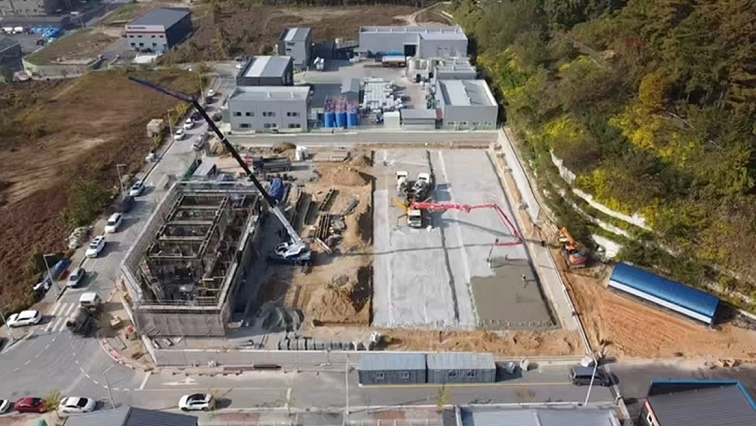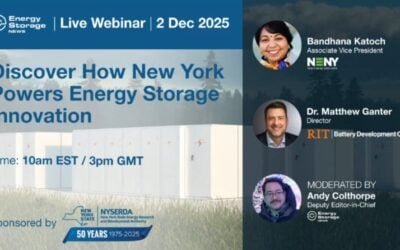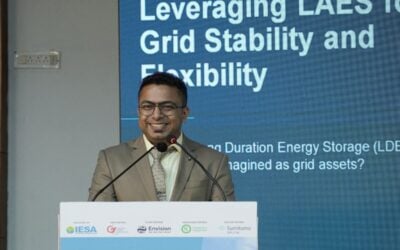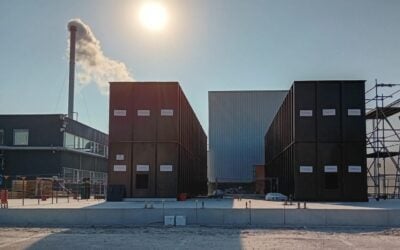
H2 Inc, a South Korean vanadium flow battery company, has begun construction of a factory with 330MWh annual manufacturing capacity.
Scheduled to become operational next year, the production plant’s construction in the city of Gyeryong-si was announced yesterday, by H2 Inc founder and CEO Shin Han on social media networking site LinkedIn.
The company has developed Enerflow, a vanadium redox flow battery (VRFB) based on proprietary technology, claiming that a high level of vertical integration will make its products affordable for large-scale, long-duration energy storage (LDES) applications.
In October last year, H2 raised US$15 million in a Series B funding round, bringing its total funding raised to US$38 million.
Try Premium for just $1
- Full premium access for the first month at only $1
- Converts to an annual rate after 30 days unless cancelled
- Cancel anytime during the trial period
Premium Benefits
- Expert industry analysis and interviews
- Digital access to PV Tech Power journal
- Exclusive event discounts
Or get the full Premium subscription right away
Or continue reading this article for free
Then, in December, the company announced that it is building a 5MW/20MWh project in California, which by megawatt-hours would be the biggest VRFB project in the US to date – although bigger projects are planned to supersede it.
The US’ current largest vanadium flow battery project, also in California, is a 2MW/8MWh demonstration project in the service area of utility SDG&E. In fact, as the first US state to introduce legislation to support LDES deployment, California appears likely to be the first major market in the country for VRFBs and other LDES technologies.
A community energy organisation, Central Coast Community Energy is contracting for three flow battery projects including one of 16MW/128MWh, expected to be operational in 2026.
ESS Inc, a manufacturer of flow batteries using a different electrolyte based on iron and saltwater as opposed to vanadium, recently scored a deal with California energy supplier SMUD for up to 200MW/2GWh of its systems.
On a related note, the California Energy Commission (CEC) just made its first payout from a US$380 million fund to support LDES, committing US$31 million funding for a microgrid project that will pair a 1MW/10MWh VRFB with a 35MWh zinc hybrid cathode battery storage system.
Shin Han of H2 said the company’s California project will be “the first noteworthy” VRFB system manufactured at the Gyeryong-si plant.
The CEO added that an important part of H2 Inc’s strategy is to market VRFBs as a fire-safe alternative to lithium-ion batteries, referring to 37 documented fires at Korean battery storage facilities within the past five years.
H2 Inc’s is the latest in a series of vanadium flow battery factory announcements, as well as announcements around raw materials extraction and processing and electrolyte manufacturing to feed those factories.
Most recently, plans for a possible VRFB gigafactory in Saudi Arabia were revealed by Indian flow battery company Delectrik and its Saudi partner, Tdafoq earlier this month. In October, Japanese energy company Idemitsu invested into a vanadium extraction plant in Australia, with various entities looking to establish extraction, electrolyte production and manufacturing capabilities in the country.
Access to vanadium and electrolyte to make finished products with may be the key limiting factor for VRFBs once market demand picks up.





